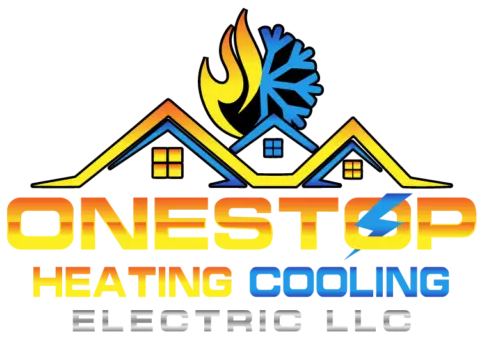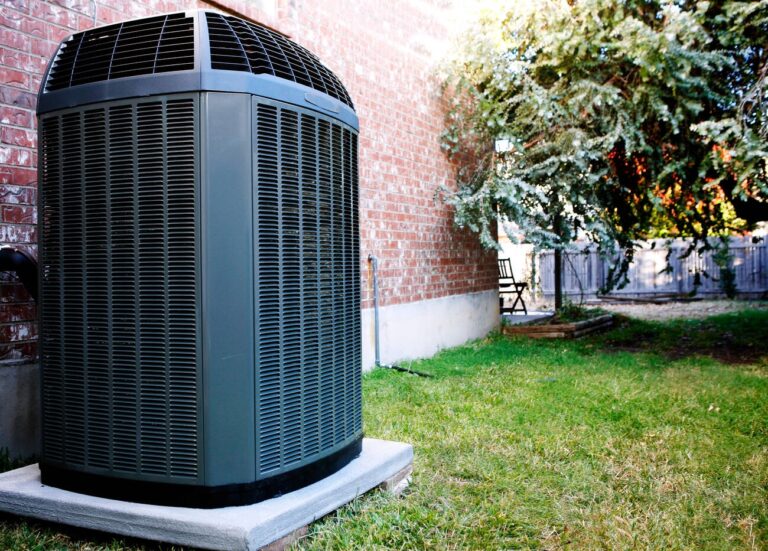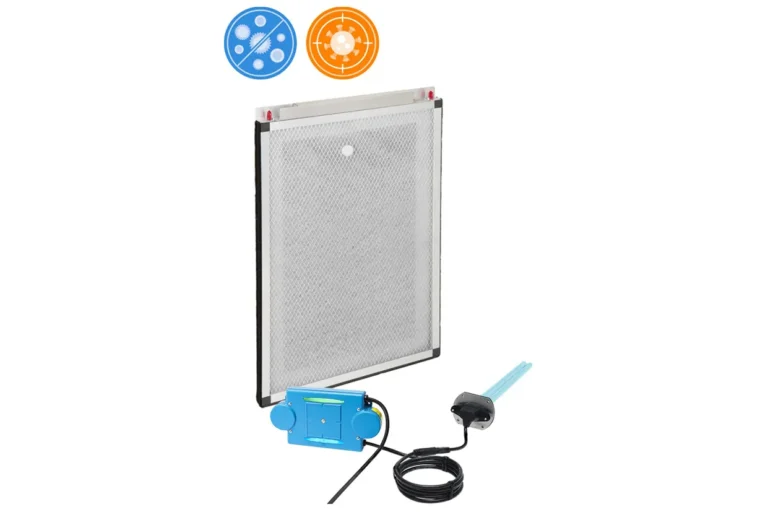Demystifying the 80% Furnace: A Comprehensive Guide

What is an 80% Furnace?
An 80% furnace refers to the efficiency rating of the furnace, specifically its Annual Fuel Utilization Efficiency (AFUE). AFUE is a measure of how efficiently a furnace converts fuel into heat over the course of a year. An 80% furnace has an AFUE rating of 80%, which means that 80% of the fuel it consumes is converted into heat, while the remaining 20% is lost through exhaust gases.
How Does an 80% Furnace Work?
80% furnaces operate by burning fuel (typically natural gas or propane) to produce heat. This heat is then distributed throughout the home via ductwork and vents. In an 80% furnace, the combustion process produces exhaust gases that are vented outside through a chimney or vent pipe. While these furnaces are relatively efficient, they do lose some heat through this exhaust process, hence the 80% efficiency rating.
Key Features of 80% Furnaces
- **Lower Cost**: 80% furnaces are generally more affordable to purchase and install compared to higher-efficiency models, making them a popular choice for budget-conscious homeowners.
- **Simpler Venting**: Unlike high-efficiency furnaces that require special venting systems to capture and utilize more of the heat generated during combustion, 80% furnaces typically use a traditional chimney or standard vent pipe.
- **Suitable for Mild Climates**: While 80% efficiency is lower than that of high-efficiency furnaces (which can have AFUE ratings of 90% or higher), 80% furnaces are still a cost-effective option for homes in milder climates where heating requirements are not extreme.
Considerations When Choosing an 80% Furnace
Before deciding on an 80% furnace for your home, there are a few factors to consider:
- **Climate**: If you live in a region with harsh winters, you may benefit from a higher-efficiency furnace to maximize energy savings and comfort.
- **Long-Term Costs**: While 80% furnaces are cheaper upfront, they may cost more to operate over time due to lower efficiency. Consider the long-term energy savings when making your decision.
- **Energy Rebates**: Check if there are any rebates or incentives available for upgrading to a more efficient furnace, as this can help offset the initial cost of a high-efficiency model.
In Conclusion
Understanding the ins and outs of 80% furnaces can help you make an informed decision when it comes to selecting the right heating system for your home. While 80% furnaces offer a balance of affordability and efficiency, it’s essential to weigh your specific needs, climate conditions, and long-term cost considerations before making a final choice. Whether you opt for an 80% furnace or a higher-efficiency model, ensuring proper installation and maintenance will help maximize the life expectancy.







